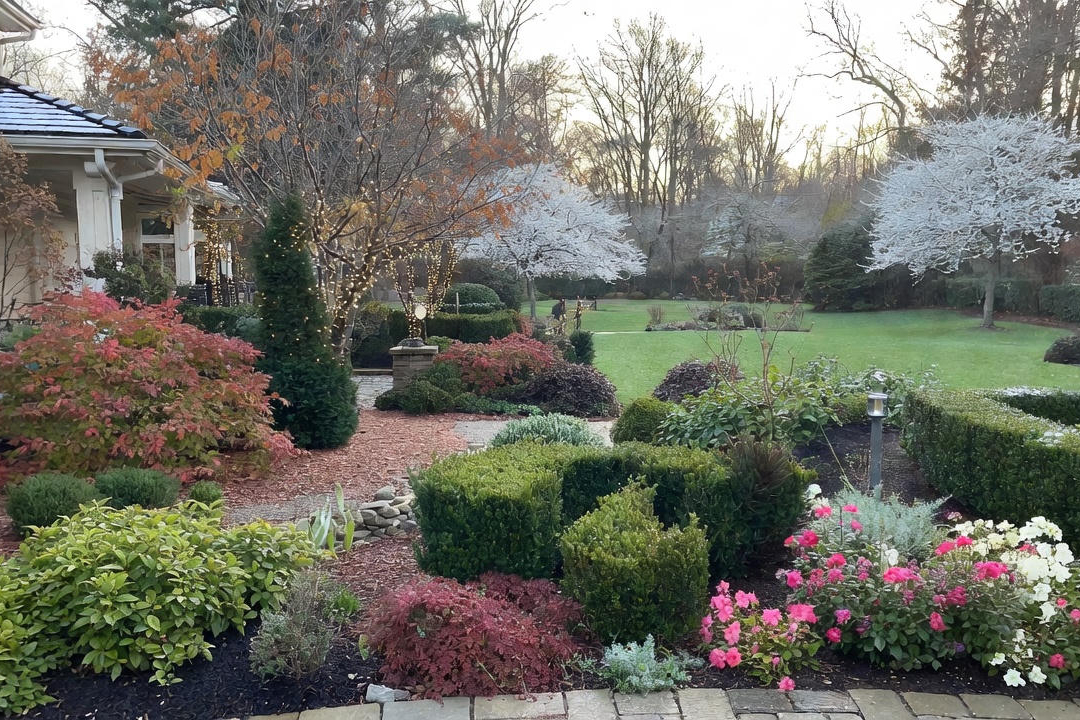
In Northern states, July begins the perennial planting season. Planting stretches through October in the north, but can extend all the way through December in southern states. Planting in July – a hot month across most of the country – can mean you might need to water more often to kick-start your perennial installations. However, from a timing perspective, gardeners and landscapers are past the busy annual and vegetable planting season. Things have slowed down in the planting category, so July makes an excellent time to expand perennial beds.
Aster is a great plant to plant in summer with the expectation of a lovely display of first-season flowers in autumn. While asters look rather unattractive most of the summer, they explode with blooms in the fall. This perennial makes a great addition to a pollinator garden. Below is a growing guide for Aster ‘Wood’s Purple’; easy to grow and beautiful through the fall season.

How to Grow Aster ‘Wood’s Purple’
Also known as: New York Aster ‘Wood’s Purple’, Michaelmas Daisy “wood’s Purple’, Symphyotrichum ‘Wood’s Purple’, Aster dumosus ‘Wood’s Purple’
Plant Description: Aster ‘Wood’s Purple’ is a late summer blooming perennial. With a mounded clump-forming nature, it has glossy green leaves with half-inch purple daisy-like flowers that feature a yellow center in a starry arrangement. Flowers are abundant and completely cover the foliage mound. This variety is known to have lower susceptibility to disease than other cultivars.
Plant Type: Herbaceous perennial
Sun/Shade: Full sun
Cultivation: Grows easily in well-drained average soil. Prefers medium moisture, but can tolerate both drought or moist conditions as long as it is planted in organically rich soils. Grows well in hot and humid conditions, blooming from early summer until fall. Pinch back foliage in early summer to stimulate continual growth throughout the season. Deadhead or shear blooms after flowering to support fall rebloom. Plants may be cut completely to the ground after flowering.
Height: 1 to 1.5 feet (.30 to .45 meters)
Width: 1 to 1.5 feet (.30 to .45 meters)
Bloom: Purple with golden center
Bloom Time: Late Summer
Origin: Cultivated
Zones: Zone 4, zone 5, zone 6, zone 7, zone 8
Wildlife: Bees and butterfliesLandscape Uses: Prairie, meadows, cottage gardens, borders, beds, containers, pathways, city gardens, traditional perennial beds, attractive planted in drifts at the front of the border
Special Features: Noted for its profuse flowering which blankets the plant with blooms most of the late season, particularly when dead headed.
Download iScape now to learn about all types of perennials for the landscape. Or, if you need some design help, Hire-a-Designer now and let the iScape Pro’s help guide you! iScape it!





.jpg)
